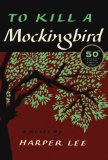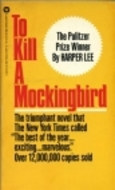Brunonia Barry’s second novel The Map of True Places is the story of Hepzibah Finch, known as Zee, a Boston therapist. When her patient Lilly Braedon commits suicide, Zee’s life spirals out of control—how could she not have seen the suicide coming? After all, wasn’t Lilly so much like her mother, who committed suicide about twenty years ago? Zee visits her father in Salem only to find the medication he’s taking for Parkinson’s is causing him to have hallucinations that he’s Nathaniel Hawthorne. Furthermore, she discovers that her father, Finch, has broken up with Melville, his partner for about twenty years. Suddenly Zee doesn’t know what she wants. Should she remain a therapist? Is she even a good one after what happened to Lilly? Does she still want to marry Michael?
After my recent visit to Salem, I enjoyed this book very much. The novel is set mostly in Salem. I pulled out my maps a few times to remind myself exactly where Barry’s locations were. I had visited some of them, including the House of the Seven Gables, across the street from the home where Finch and Zee live, Sixty2 on Wharf, Nathaniel’s, the Peabody-Essex Museum, and Ye Olde Pepper Companie candy store, just to name a few. Barry writes with a clear sense of place, and the city is almost another character in the story. She draws in characters from The Lace Reader toward the end—Ann Chase most prominently, but also Rafferty and mentions of Towner and May Whitney. Barry places Ann Chase’s witchcraft shop on Pickering Wharf, right about where Laurie Cabot’s shop is. I know I enjoyed this book more for having visited Salem such a short time before reading it, especially because this book focuses much more on the maritime history of Salem than the witchcraft history. When I visited I really felt a much stronger sense of Salem as an old trading port and imagined the ships returning from exotic places laden with spices two centuries ago.
The plot of the novel is intricately woven, and Barry doesn’t drop a thread. Every puzzler or detail she mentions is resolved by the end, but each had me wondering for most of the book. Why did Melville and Finch fight? What about that strange fortune teller’s story to Zee’s mother? It was obvious too that Barry had done her research about mental illness and her own experiences with her father’s Parkinson’s lend authenticity to Zee’s experiences with Finch.
I think the cover of the novel is gorgeous. I love the colors. The cover is a perfect evocation of the novel’s theme of finding yourself—the novel is really more about Zee trying to figure out who she is and right herself as her world is turned upside-down. I picked this book up late last night and read into the wee hours of the morning. When I woke again, I read straight through until I finished with a few breaks on the computer. I love being swept away by a book, and it was such a lovely visit back to Salem.
Rating:




Full disclosure: I won this book as part of a prize package from Destination Salem and William Morrow.


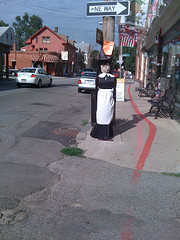





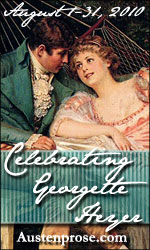
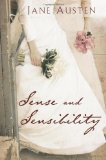


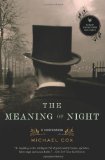



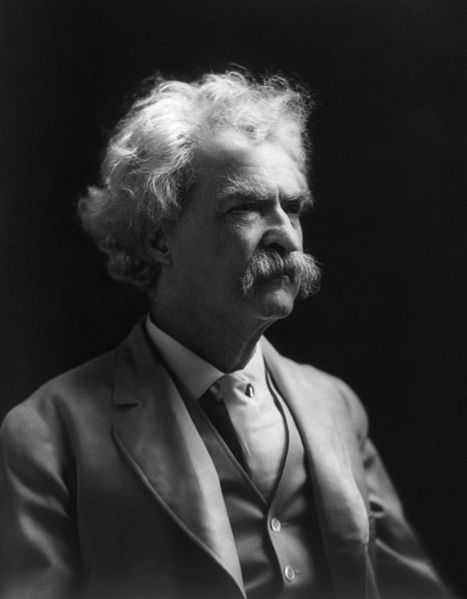
 Much speculation has surrounded Mark Twain’s autobiography because of the stipulation in his will that it not be published until 100 years after his death. Many have wondered exactly what he said that was so controversial. Readers won’t have to wait much longer.
Much speculation has surrounded Mark Twain’s autobiography because of the stipulation in his will that it not be published until 100 years after his death. Many have wondered exactly what he said that was so controversial. Readers won’t have to wait much longer. 